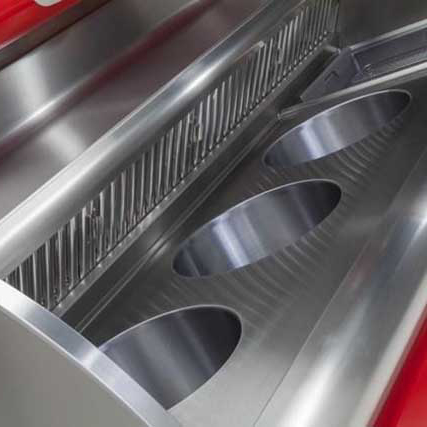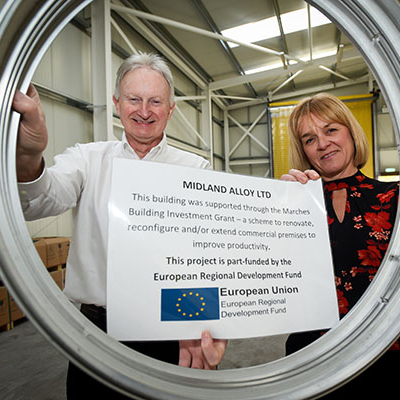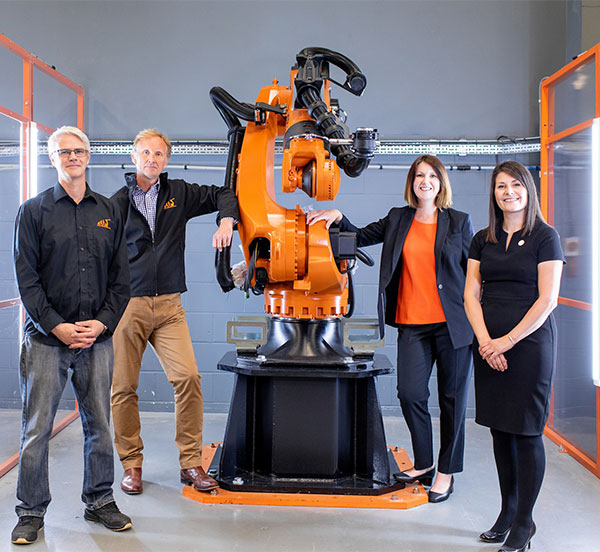In 2017, Netherlands-based catering equipment specialist QBTEC purchased a SafanDarley R-Brake for the automated production of boilers and grease drawers used in its frying systems.

With the R-Brake, the press brake and robot are integrated into one system. The R-Brake has a fully automatic tool and gripper change connected to the machine. These systems and the product are programmed offline using RoboBend offline simulation software.
Since the installation of the R-Brake, an increasing number products have been programmed at QBTEC using the offline software. As the company gained more experience with the system, it developed a wish list of features it would like added to the software to further improve the bending process and work even more efficiently. These wishes have been met and SafanDarley recently updated the software at QBTEC to the latest version.
In the latest software, the 3D files are processed in AutoPOL, SafanDarley’s 3D system for programming press brakes offline. AutoPOL determines the best bending sequence before RoboBend ensures the correct calculation of the robot movements in order to easily automate a new product.
This update ensures that QBTEC can also process small series runs automatically to limit the storage of material. When the products are programmed using the offline software they are sent to the WLM (WorkLoadManager), where the amount of each product is entered. The different products are automatically bent and stacked in sequence, without operator intervention.
QBTEC recently purchased two new SafanDarley press brakes, including an H-Brake 230T (6 m capacity) for the production of long stainless-steel blades.
For further information www.safandarley.com





















